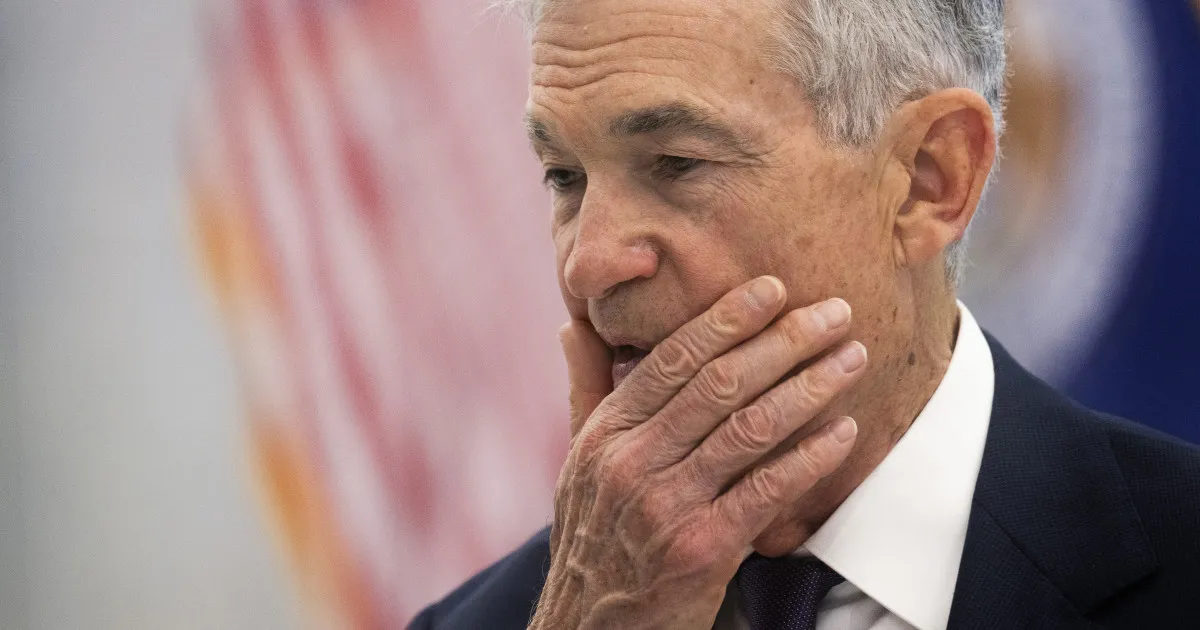
Inflation rates are currently showing signs of moderation, providing a potential year-end bonus for your wallet and investment portfolio. Recent data indicating softer-than-expected inflation has heightened expectations that the Federal Reserve may implement multiple interest rate cuts in the near future. Economists suggest that the latest consumer price report offers policymakers the necessary "cover" to redirect their focus towards the slowing conditions in the U.S. labor market.
The most recent Consumer Price Index (CPI) for September has risen less than anticipated by economists, providing fresh evidence that price pressures are continuing to moderate. This CPI report is viewed as a pivotal moment, signaling a potential easing of inflation. The upcoming Federal Open Market Committee meeting is highly anticipated, where a cut to the benchmark Federal Funds Rate is expected.
A series of rate cuts could stimulate consumer spending and investment, contributing to a more robust economy and alleviating concerns about stagflation or recession. Eric Gerster, chief investment officer at AlphaCore Wealth Advisory, stated, “The numbers are quite positive, and going forward, it certainly clears the way for the Fed to cut rates next week as they were going to anyway.” He adds that there is an increased expectation of at least two more rate cuts by March.
The latest CPI data has strengthened the argument for the Federal Reserve to pursue further rate cuts. It supports the notion that the Fed's ongoing efforts to align inflation closer to its 2% target are yielding results. However, analysts emphasize that the central bank faces a delicate balance in maintaining its dual mandate of full employment and price stability. Cutting rates too swiftly could rekindle inflation, while delaying action could exacerbate a declining labor market.
Recent jobless claims and hiring data have shown signs of softening, a trend that some Fed officials believe demands a more cautious approach. Wage growth has also slowed, and several regional Fed surveys have indicated declining business confidence and reduced consumer demand. As a result, the Fed's December meeting is anticipated to be a crucial turning point in its post-pandemic policy cycle.
Financial markets have reacted positively to the cooling inflation data and the Fed's dovish stance. Investors are increasingly betting that looser monetary policy will help sustain economic growth into 2026, even amid challenges such as the ongoing government shutdown and trade-related price fluctuations. The CME FedWatch tool now shows a near-100% probability of another quarter-point cut in December, following the expected 25-basis-point reduction during the Fed’s meeting on October 29–30.
Mona Mahajan, senior investment strategist at Edward Jones, remarked, “It’s nice to see CPI come in a tick lower than expectations. It gives the Fed a little more cover to pursue the rate-cutting path it outlined in September, even with the lack of full labor-market data.” She noted that the Fed is on a path toward a neutral stance.
While the recent inflation readings reflect easing energy costs and slower growth in core categories such as housing and transportation, some economists caution that certain price pressures remain, particularly in services and goods impacted by ongoing tariff disputes. Jeremy Schwartz, senior U.S. economist at Nomura, warns that “underlying inflation pressures are still there.” He believes that while the report is favorable, it encourages the Fed to continue with its insurance cuts or normalization strategy without overextending their actions.